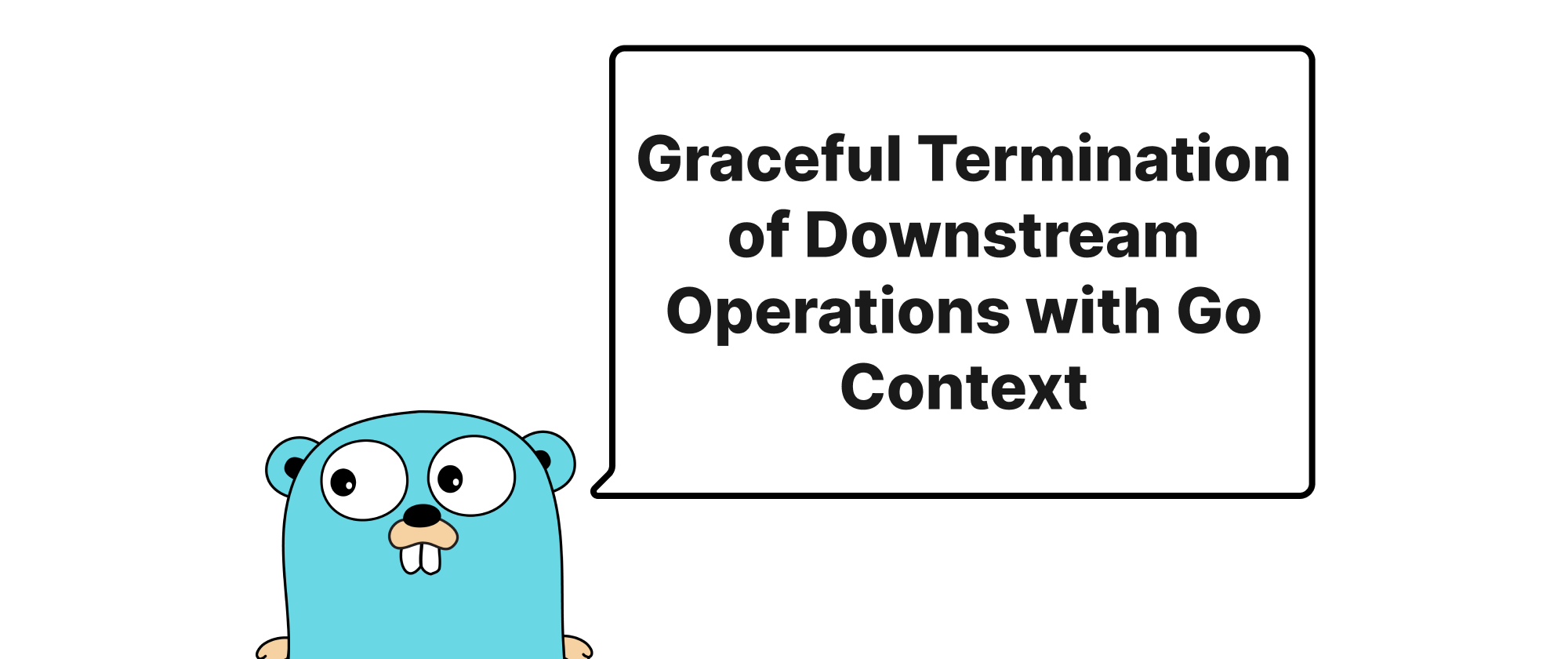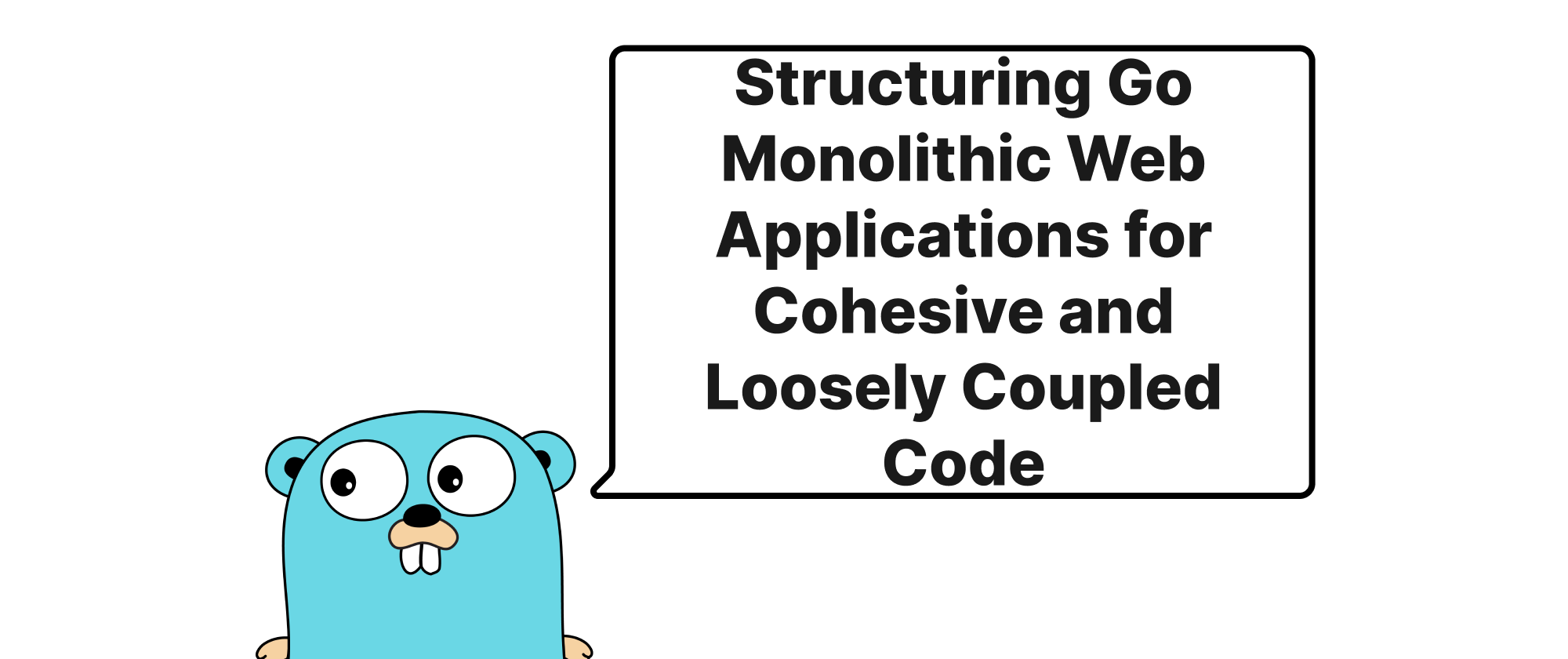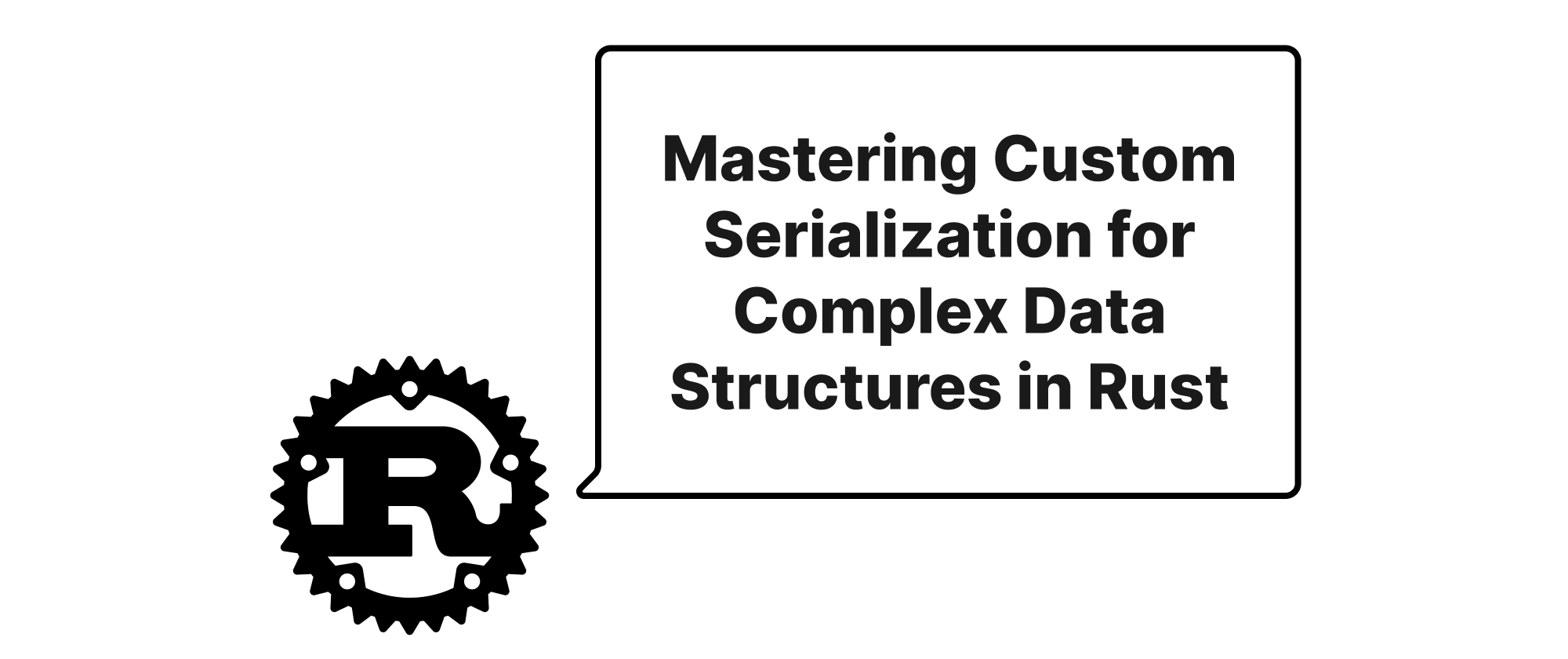Graceful Termination of Downstream Operations with Go Context
Min-jun Kim
Dev Intern · Leapcell

Introduction
In modern microservice architectures and concurrent applications, controlling the lifecycle of operations is paramount. A user might close a browser tab, a client might disconnect, or a long-running background task might become superfluous. In such scenarios, allowing ongoing database queries or gRPC calls to complete unnecessarily consumes resources, increases latency, and can even lead to stale data or unwanted side effects. Go's context package provides a powerful and idiomatic mechanism to propagate cancellation signals across goroutine boundaries, offering a solution to gracefully terminate these downstream calls. This article will delve into how to leverage context effectively to achieve elegant cancellation for your database interactions and gRPC communications, ensuring your applications are responsive and resource-efficient.
Understanding the Core Concepts
Before diving into the implementation details, let's briefly define the key concepts that underpin Go's cancellation mechanism.
-
context.Context: This interface carries deadlines, cancellation signals, and other request-scoped values across API boundaries and between goroutines. It's an immutable value, and new contexts are derived from existing ones. When a cancellation signal is sent to a parent context, it automatically propagates to all its derived children. -
Cancellation Signal: This is a notification that an operation should stop. It's typically triggered by calling the
cancelfunction returned bycontext.WithCancelor when acontext.WithTimeoutorcontext.WithDeadlinecontext expires. -
Goroutine Leak: If a goroutine starts an operation (like a database query) and doesn't explicitly stop it when the parent context is canceled, the goroutine might continue running indefinitely or until the operation naturally completes, unnecessarily holding onto resources forever. This is known as a goroutine leak.
-
Idempotency: While not directly related to context, it's an important consideration. When canceling an operation, if that operation has already modified data, subsequent retries or partial completion might lead to inconsistent states. Design your operations to be idempotent where possible.
Principled Cancellation
The context package is designed to be passed as the first argument in functions that involve I/O or other long-running operations. This allows the cancellation signal to flow down the call stack.
Database Query Cancellation
Most modern database drivers for Go, especially those adhering to database/sql's context-aware methods, natively support context-based cancellation.
Consider a typical scenario where a web handler initiates a database query:
package main import ( "context" "database/sql" "fmt" "log" "net/http" "time" _ "github.com/go-sql-driver/mysql" // Replace with your database driver ) // simulateDBQuery simulates a long-running database query func simulateDBQuery(ctx context.Context, db *sql.DB) (string, error) { // A real query would be something like db.QueryRowContext(ctx, "SELECT some_data FROM some_table WHERE id = ?", someID).Scan(&result) // For demonstration, we'll use a mocked statement that takes time. log.Println("Starting database query...") select { case <-time.After(5 * time.Second): // Simulate 5 seconds of database work log.Println("Database query completed.") return "some_data_from_db", nil case <-ctx.Done(): log.Printf("Database query canceled: %v\n", ctx.Err()) return "", ctx.Err() // Return the context error } } func handler(w http.ResponseWriter, r *http.Request) { // r.Context() provides the request context, which is canceled if the client disconnects ctx := r.Context() // You might want to add a timeout for database operations specifically // ctx, cancel := context.WithTimeout(ctx, 3*time.Second) // defer cancel() data, err := simulateDBQuery(ctx, nil) // In a real app, pass your actual *sql.DB object if err != nil { if err == context.Canceled { http.Error(w, "Request canceled", http.StatusRequestTimeout) // Or 499 Client Closed Request return } log.Printf("Error processing request: %v", err) http.Error(w, "Internal server error", http.StatusInternalServerError) return } fmt.Fprintf(w, "Data from DB: %s\n", data) } func main() { http.HandleFunc("/", handler) log.Println("Server starting on :8080. Try cancelling the request with CTRL+C in the client or closing the browser.") log.Fatal(http.ListenAndServe(":8080", nil)) }
In a real-world scenario, if you use db.QueryRowContext(ctx, ...) or stmt.ExecContext(ctx, ...) from database/sql, the underlying driver will typically monitor ctx.Done(). When the client disconnects, r.Context() is canceled, which in turn cancels the database operation. The simulateDBQuery demonstrates this principle: it has a select statement that listens for ctx.Done(), mimicking how a robust driver would interrupt its blocking operations.
gRPC Call Cancellation
gRPC, being built on Protocol Buffers and HTTP/2, has first-class support for context. Every gRPC method, both on the client and server side, takes a context.Context as its first argument.
Client-Side Cancellation:
package main import ( "context" "log" "time" "google.golang.org/grpc" "google.golang.org/grpc/codes" "google.golang.org/grpc/status" pb "your-project/your_proto_package" // Replace with your generated proto package ) func callGRPCService(client pb.YourServiceClient, ctx context.Context) { // Introduce a timeout for the gRPC call timeoutCtx, cancel := context.WithTimeout(ctx, 2*time.Second) defer cancel() // Important: release resources after the call log.Println("Initiating gRPC call...") resp, err := client.DoSomething(timeoutCtx, &pb.SomeRequest{ // ... populate request fields ... }) if err != nil { st, ok := status.FromError(err) if ok && st.Code() == codes.Canceled { log.Println("gRPC call canceled by client-side timeout.") return } log.Printf("gRPC call failed: %v", err) return } log.Printf("gRPC call successful: %v", resp) } // In your main or calling function: func main() { conn, err := grpc.Dial("localhost:50051", grpc.WithInsecure()) if err != nil { log.Fatalf("did not connect: %v", err) } defer conn.Close() client := pb.NewYourServiceClient(conn) // Simulate a parent context that might get canceled parentCtx, parentCancel := context.WithCancel(context.Background()) defer parentCancel() // Call the gRPC service with the parent context go func() { time.Sleep(1 * time.Second) // Simulate some work before cancellation log.Println("Cancelling parent context.") parentCancel() }() callGRPCService(parentCtx, client) // Wait a bit to see the output time.Sleep(3 * time.Second) }
Here, context.WithTimeout on the client side ensures that if the gRPC server takes too long to respond, the client will automatically cancel the request. The server, if it respects the incoming context (which all well-behaved gRPC servers in Go do), will then receive this cancellation signal.
Server-Side Handling:
On the gRPC server side, context is automatically passed as the first argument to your service methods.
package main import ( "context" "fmt" "log" "net" "time" "google.golang.org/grpc" "google.golang.org/grpc/codes" "google.golang.org/grpc/status" pb "your-project/your_proto_package" // Replace with your generated proto package ) // server is used to implement your_proto_package.YourServiceServer. type server struct { pb.UnimplementedYourServiceServer } // DoSomething implements your_proto_package.YourServiceServer func (s *server) DoSomething(ctx context.Context, in *pb.SomeRequest) (*pb.SomeResponse, error) { log.Println("Received gRPC request. Simulating long operation...") select { case <-time.After(5 * time.Second): // Simulate 5 seconds of work log.Println("Server finished processing.") return &pb.SomeResponse{ // ... populate response fields ... }, nil case <-ctx.Done(): log.Printf("Server received cancellation signal: %v\n", ctx.Err()) return nil, status.Error(codes.Canceled, "Server operation canceled due to client request cancellation or timeout") } } func main() { lis, err := net.Listen("tcp", ":50051") if err != nil { log.Fatalf("failed to listen: %v", err) } s := grpc.NewServer() pb.RegisterYourServiceServer(s, &server{}) log.Printf("Server listening at %v", lis.Addr()) if err := s.Serve(lis); err != nil { log.Fatalf("failed to serve: %v", err) } }
The DoSomething method on the server explicitly checks ctx.Done(). If the client-side context (e.g., due to a timeout or explicit cancellation) is canceled, the server will detect this and stop its long-running operation, returning an appropriate error. This prevents the server from doing unnecessary work and frees up resources.
Chaining Contexts
It's crucial to understand that contexts form a tree. When you derive a new context from a parent (e.g., context.WithTimeout(parentCtx, ...) ), the cancellation of the parent automatically cancels the child. This allows for hierarchical cancellation. For example, a web request's context can serve as a parent for a gRPC call's context, which in turn could be a parent for a database query's context.
func handleRequest(w http.ResponseWriter, r *http.Request) { // Request context from HTTP server clientReqCtx := r.Context() // Add a timeout for the entire chain of operations opCtx, opCancel := context.WithTimeout(clientReqCtx, 5*time.Second) defer opCancel() // Make a gRPC call with opCtx grpcResponse, err := makeGRPCCall(opCtx, "some_data") if err != nil { // handle error, check if opCtx.Done() was the cause http.Error(w, "gRPC call failed", http.StatusInternalServerError) return } // Based on gRPC response, perhaps make a DB query dbData, err := makeDBQuery(opCtx, grpcResponse) // Pass opCtx to DB query if err != nil { // handle error, check if opCtx.Done() was the cause http.Error(w, "DB query failed", http.StatusInternalServerError) return } fmt.Fprintf(w, "Combined data: %s", dbData) }
In this example, if the HTTP client disconnects (canceling clientReqCtx), or if the 5-second timeout on opCtx expires, both makeGRPCCall and makeDBQuery will receive the cancellation signal.
Conclusion
Using Go's context package for managing cancellation signals is an indispensable practice for building robust, efficient, and responsive applications. By passing context to all downstream operations, such as database queries and gRPC calls, you enable graceful termination, prevent resource leaks, and improve the overall resilience of your system. Embracing context-aware programming ensures that your Go applications are well-behaved and can elegantly handle the dynamic nature of concurrent requests and distributed systems.


